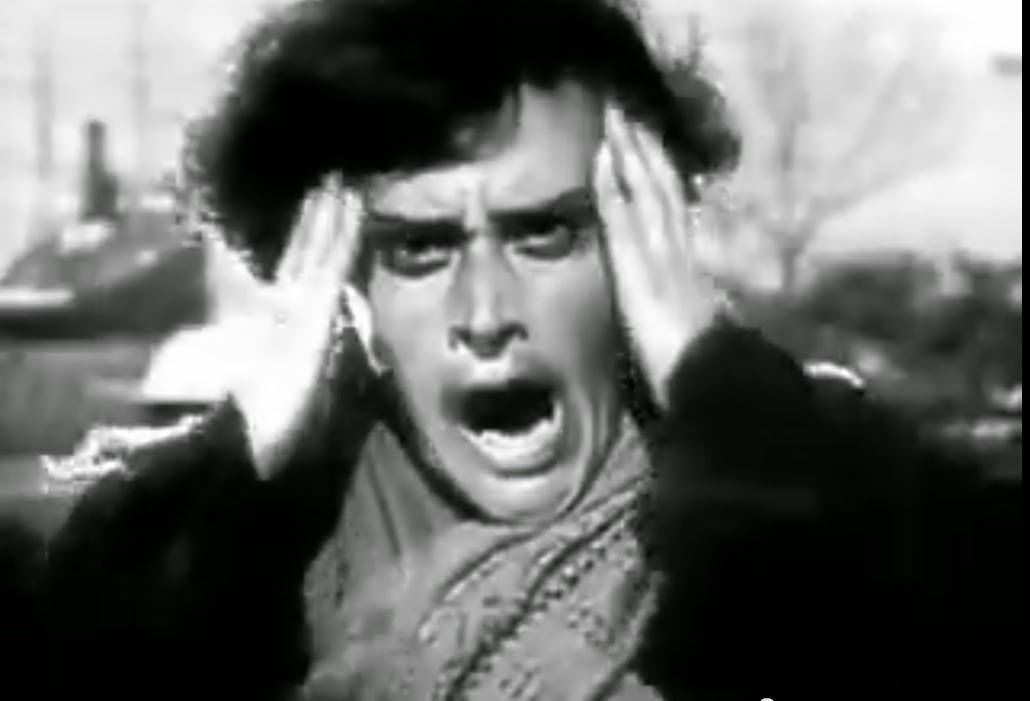The first thriller movie was directed by Alfred Hitchcock, and it was released in the United States in February 14th, 1927: The Lodger: A Story of the London Fog.
The lodger is about the hunt for a serial killer known as The Avenger. The killer murder blond women, and he is on the loose in London. When a mysterious man arrives at the Bunting's house looking for a room to rent, suspicious starts to fall on him.
The list of directors in this genre is long, below you can see a list of 10 of the famous directors in this genre:
- Alfred Hitchock - Psycho
- David Fincher - Fight Clube
- Christopher Nolan - Memento
- David Lynch - Mulholland Drive
- Brian De Palma - Dressed to Kill
- Quentin Tarantino - Pulp Fiction
- Steven Soderbergh - Out of Sight
- Fritz Lang - Secret Beyond The Door
- Alejandro Amenábar - The Others
- M. Night Shyamalan - The Sixth Sense
For this project I have chosen to focus in two directors, and more specifically, in two of their movies. The directors are: Alfred Hitchcock, of course, I couldn't talk about thrillers without talk about the thrillers' father. And, for the actual director I chose: David Fincher. For the movies: the classic Psycho, and Se7en.
.jpg)
Psycho
Release date:
Director: Alfred Hitchcock
Top Billed Cast: Anthony Perkins, Janet Leigh, Vera Miles, John Gavin
Marion Crane is a office worker who is tired of the way her life is going. One Friday Marion is asked by her boss to bank $40,000, in that moment she sees a change of an escape from her mediocre life. Marion leaves town, and travels to California, where her lover lives. Caught by a storm and tired of the driving, Marion decides to stop at The Bates Motel, just to rest for one night. There she meets Norman Bates, a young quiet man, who manages the place and is dominated by his mother.

Se7en
Release date: September 22nd, 1995
Director: David Fincher
Top Billed Cast: Morgan Freeman, Brad Pitt, Kevin Spacey, Gwyneth Palthow
Two homicide detectives, Sommerset and Mills, hunt for a serial killer
who justifies his crimes as absolution for the world's ignorance of the
Seven Deadly Sins.
Psycho and Se7en are two great thriller movies with unexpected endings. Hitchcock is a master in planting anxiety without much action. Comparing Se7en and Psycho, in my view, Psycho is way slower, not much action or adrenaline, no blood or lots of corpses piling up, like is the case in Se7en, but Hitchcock knows how to create a fearful atmosphere. The score helps a lot, of course.
I'm a complete thriller genre lover, so I have watched a bunch of movies from this genre. In my presentation, that you can find on the link on the end of this article, I added a few slides with the Thriller Timeline - unfortunately (or fortunately) there are way too many films in this genre for me to be able to add all of them, but there you can find the most famous in its era. So, I believe that during my life I have watched, if not in the full length at least some shorts excerpt of most of the movies I cited in the Thriller Timeline found in my presentation. But below you can see 5 of my favorites (so hard to narrow down) and that I re watched during the development of this project:
- Fight Club, David Fincher
- Gone Girl, David Fincher
- Pulp Fiction, Quentin Tarantino
- Memento, Christopher Nolan
- Limitless, Neil Burger
Learn more:
https://docs.google.com/presentation/d/1TSl881bfP5KA72HWnLxsqW0drRyM17BTSO4j-a2xb-c/pub?start=true&loop=true&delayms=3000#slide=id.g5372653ca_00
ReferencesFincher, David. Se7en. September 22nd, 1995.Hitchcock, Alfred. Psycho. February 14th, 1960.Schwenkstar. Directors of Twisty Thrillers. http://www.imdb.com/list/ls002258766/









